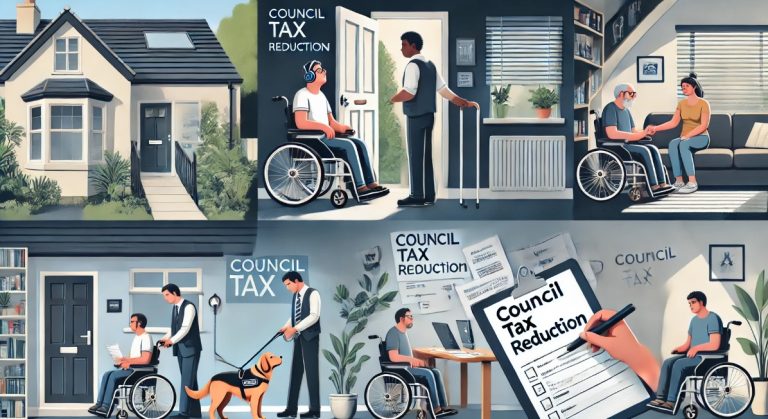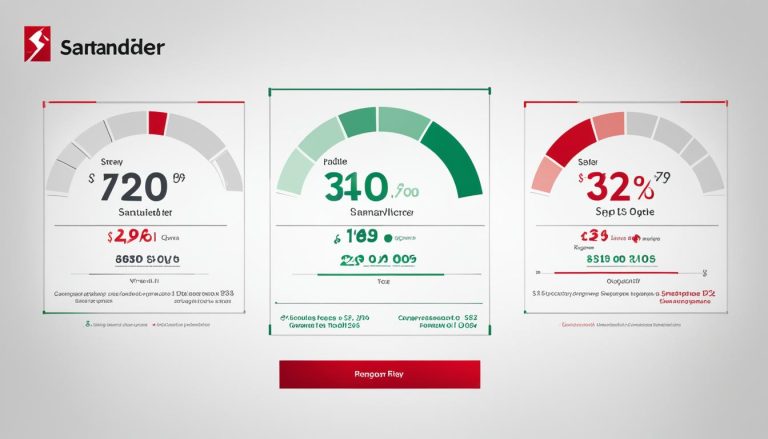Many people own property together, but can one owner sell it? This question brings up complex legal issues. We will look into the details of selling shared real estate. We’ll talk about the rights and duties of everyone involved.
Understanding Joint Ownership of Property
Joint ownership means when people share a property together. This can happen in different ways, each with its own rules for the owners. It’s important to know these rules if you’re thinking about sharing a property.
Types of Joint Ownership Arrangements
There are two main ways to share property:
- Joint Tenancy: Here, everyone owns the property equally. If one owner dies, their part goes to the others automatically.
- Tenancy in Common: This means each owner has their own part of the property. These parts can be different sizes. When someone dies, their part goes to their family, not the others.
Choosing between these options affects how you can sell or give away the property later.
Rights and Responsibilities of Co-owners
Co-owners have certain rights and duties, no matter the type of ownership:
- Right to Possession: Everyone can use and enjoy the property together.
- Right to a Share of Profits: Owners get a share of any money the property makes.
- Duty to Contribute: Owners pay for upkeep, taxes, and other costs based on how much they own.
- Duty to Cooperate: Owners must work together on decisions and management of the property.
Knowing these rights and duties is key to a successful shared ownership.

Can a Jointly Owned Property Be Sold by One Owner?
Can one co-owner sell a jointly owned property without the others agreeing? This is a tricky legal question. The answer varies based on the joint ownership type and specific situations.
The idea of unilateral property sale says a co-owner can’t sell without all agreeing. This is because the property is shared, and everyone has a stake in it.
Yet, sometimes, a co-owner can start a partition action. This legal step helps solve disputes over the property. The court might split the property or sell it, then share the money based on each owner’s share.
| Scenario | Outcome |
|---|---|
| One co-owner tries to sell without everyone’s okay | This sale might not be legal, and others could fight it in court. |
| Co-owners can’t agree on what to do with the property | They can ask for a partition action. The court will then decide, like dividing or selling the property. |
Remember, laws about jointly owned properties differ a lot in various places. Co-owners should get legal advice to know their rights and what could happen if they sell or divide the property.

In summary, a co-owner can’t just sell a jointly owned property on their own. But, there are legal ways to settle disputes and figure out what to do next. It’s key to understand the details of joint ownership and the laws that apply.
Legal Requirements for Selling a Jointly Owned Property
Selling a property shared by several people has legal steps that must be followed. It’s key to know how to transfer ownership rights and get consent from all owners for a legal sale.
The legal requirements for selling jointly owned property include:
- Consent from all co-owners: All owners must agree to the sale. This makes sure everyone with a share in the property is okay with the sale.
- Transfer of ownership rights: The sale means giving the new owner the rights to the property. This must be done as per local laws.
- Compliance with any existing agreements: If there are rules or agreements about the property, like a co-ownership deal, these must be followed during the sale.
The consent requirements for joint property sale can change based on the type of ownership and local laws. Owners should get legal advice to know their rights and duties when selling a shared property.
Knowing the legal requirements for selling jointly owned property helps co-owners sell successfully and protect their interests.
Consent Requirements from All Co-owners
When selling a property shared with others, all co-owners must agree. Each person with a share in the property needs to say yes for the sale to go ahead. Not getting everyone’s okay can lead to big problems.
Consequences of Selling Without Consent
Trying to sell without everyone’s agreement can cause big issues, like:
- Co-ownership disputes: The owners who didn’t agree might take legal steps to stop the sale. This can cause long and expensive fights.
- Invalidation of the sale: If the sale wasn’t approved, it could be seen as invalid. This puts the buyer in a tough spot.
- Liability for damages: The owner who sold without permission could be responsible for any losses the other owners face because of the sale.
Getting all co-owners to agree before selling is crucial. Not doing so can lead to big legal and financial issues for everyone.

“Selling a jointly owned property without the consent of all co-owners is a risky proposition that can lead to a range of legal and financial problems.”
Partition Action: A Legal Remedy for Disputed Sales
When co-owners of a property can’t agree on selling their shared asset, they might look into a legal option called a partition action. This legal process helps settle the dispute and might lead to selling or dividing the property.
Partition by Sale or Division
A partition action can end in two ways: by sale or by division. If it’s by sale, the court orders the property sold. Then, the money made is split among the owners based on how much they own. Or, if it’s by division, the property is split physically, giving each owner their share.
Which option is chosen depends on the property type, if it can be divided, and the case details. For example, a house might be easier to sell than to divide. But a big piece of land could be split fairly among the owners.
A partition action might also end the dissolution of the joint tenancy. This means the co-owners can’t work together anymore, and they stop owning the property together. This is often the case when the owners can’t get along anymore.
Knowing about partition actions and their outcomes helps co-owners deal with issues over shared property. They can find a way to solve their problems that suits everyone’s needs and keeps the property useful.
Right of First Refusal for Co-owners
When a jointly owned property is up for sale, the co-owner’s right of first refusal is key. This right lets co-owners match any offer from a third party. It helps prevent the joint tenancy from ending.
This legal right is vital for all parties. It gives co-owners a chance to keep their share in the property. They won’t lose it to an outside buyer without their say-so.
Upholding the Co-owner’s Right of First Refusal
To keep the co-owner’s right of first refusal, steps are taken:
- The co-owner wanting to sell must first offer it to the others at the same price and terms as the third party’s offer.
- The other co-owner(s) then have 30-60 days to match the offer if they want to.
- If they don’t match the offer, the selling co-owner can sell to the third party.
The right of first refusal isn’t absolute. It can be waived or changed by the original ownership agreement or a court order.
Severance of Joint Tenancy
Selling a jointly owned property can end the joint tenancy. This happens when co-owners no longer share equally in the property, usually after one co-owner sells their share.
This change can have big legal and financial effects. It might turn the property into a tenancy in common instead. This affects how the property is handled after one co-owner dies.
Knowing about the co-owner’s right of first refusal and how it can end joint tenancy is key when selling a jointly owned property. This knowledge helps co-owners make smart choices and protect their interests.
Equitable Distribution of Proceeds from Sale
When a jointly owned property is sold, the way we split the money matters. We aim for a fair split based on each owner’s share of the work and costs. This ensures everyone gets what they should.
Accounting for Contributions and Expenses
First, we look at what each co-owner put into the property. This includes the initial cost, mortgage payments, any improvements, and upkeep. By checking these, we see who has really owned more of the property over time.
It’s also key to think about any big differences in what each co-owner paid. If one paid more, we make sure the split is fair. This way, it matches their actual investment in the property.
| Co-owner | Contribution | Expenses | Ownership Share |
|---|---|---|---|
| Alex | £150,000 | £30,000 | 60% |
| Samantha | £100,000 | £20,000 | 40% |
This table shows how we track contributions and expenses to figure out each owner’s share.
By looking at these details, co-owners can make sure the sale money goes to them fairly. It reflects their true share in the property.
Conclusion
Selling jointly owned properties can be complex. This article has shown the legal hurdles and the need for consent. Co-owners must work together to sell successfully.
It’s key to know the rights and duties of co-owners. Not getting all approvals can lead to big problems, like a forced sale. Understanding the laws and working together with co-owners is essential.
Whether you’re an experienced investor or a first-time buyer, knowing how to sell jointly owned properties is vital. Learning about legal issues, rights of first refusal, and how to share the sale proceeds helps. This knowledge helps avoid conflicts and ensures a smooth sale.
FAQ
What are the different types of joint ownership arrangements?
There are two main ways to own property together: joint tenancy and tenancy in common. Joint tenancy means equal shares and the right to keep the property after one owner dies. Tenancy in common lets each owner have different shares and doesn’t have the right of survivorship.
What are the rights and responsibilities of co-owners?
Co-owners have rights like using and living in the property and paying for upkeep. They also have the right to sell their share. But, these rights change based on the type of ownership.
What are the legal requirements for selling a jointly owned property?
To sell a jointly owned property, all owners must agree. This means signing sales contracts and deeds. The change in ownership must also be recorded with the authorities.
What are the consequences of selling a jointly owned property without the consent of all co-owners?
Selling without all owners agreeing can lead to big legal problems. The owners who didn’t agree might challenge the sale, causing disputes. The sale could even be seen as invalid.






